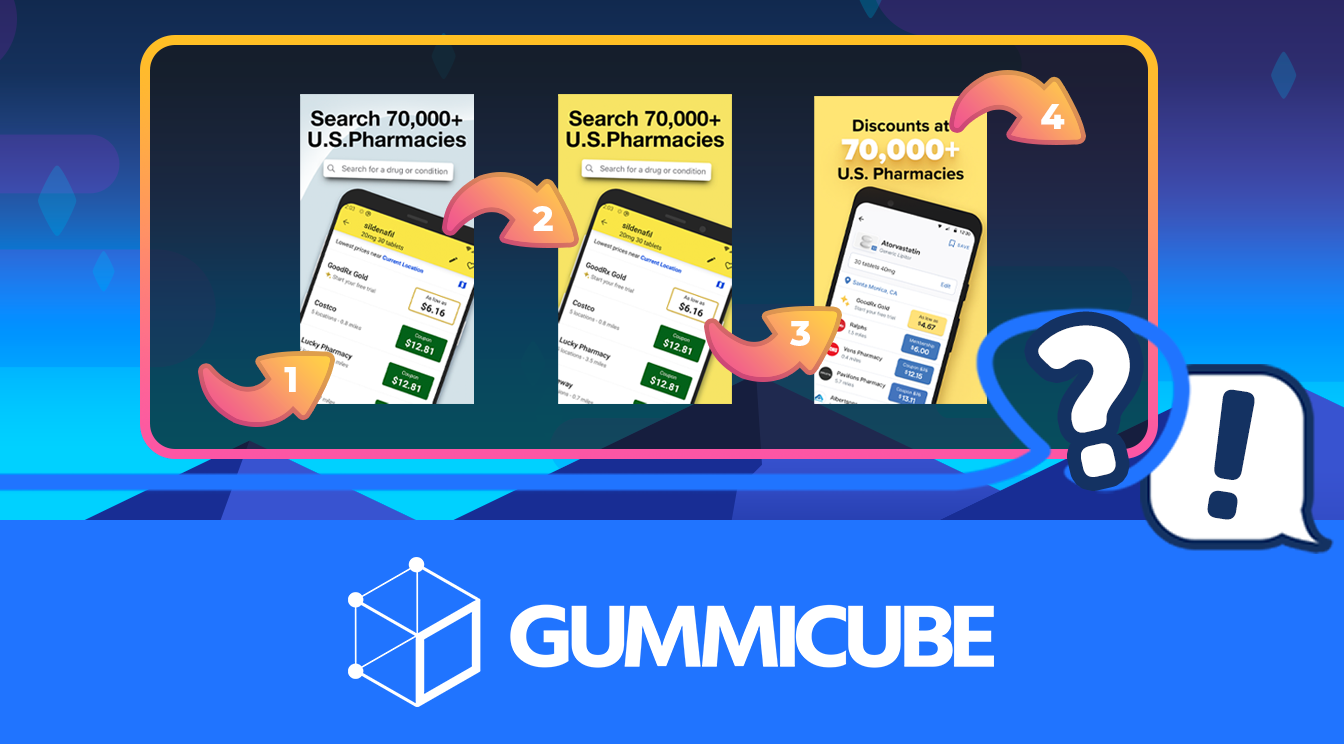Understanding the Lifetime Value of Users
May 19th, 2018


by David Quinn
VP of Strategy & Partnerships at Gummicube, Inc.
Not all users provide the same value to an app. Multiple casual users provide different benefits than a few dedicated ones who constantly use the app, for while all users are important, the ones that continually use it provide more to an app’s success than those who just download it.
This is why it’s necessary to understand the lifetime value of app users, from those who download an app and never open it to “super users” who use it on a daily basis. This lifetime value is determined by looking at three important benchmarks:
Each benchmark is important for determining an app’s success and long-term value. This does not mean that short-term users aren’t valuable. Users that spend nothing but bring in several new downloads can still provide value. This is also true for a user who spends a great deal but stops using the app after a few weeks.
Average User
The value of the “average” user is the mean value from all users, ranging from those who never spend a thing to the few who provide the vast majority of profits. This is the baseline from which all other values are determined. While the numbers will fluctuate based on the company, Forbes estimates that the average revenue per app user comes in at around $3. However, this value is offset by apps that bring in a large amount of revenue, such as Google. The median value, which is closer to what most apps will see, is less than $2. When considering these numbers, the app’s cost per user must also be deducted, which makes the value significantly lower. Successful apps can see millions of users on a daily basis, causing a large quantity of these “average” users to contribute at a high value. Despite having so many average users, their combined lifetime values will most likely never amount to the value of a single “super user.” Super Users The highest-value users, referred to as “super users,” are those who use the app on a daily basis and constantly spend money on it. These users contribute most to the app’s success in terms of profits and bringing in new users. Super users make a small fraction of the app’s users, based on the Pareto Principle, or the 80/20 Rule. This rule states that 20 percent of users will create 80 percent of the profit within an app. Super users themselves are a small percentage of that 20 percent, yet they create the majority of the app’s profits. In terms of monetary value, super users will spend far more than the average user. Microtransactions create the biggest divide in this regard. The super users are those who will frequently make in-app purchases in addition to using the app consistently, with some paying tens of thousands of dollars to unlock everything. They also tend to invite their friends to join, thus providing more value. The super users provide the highest lifetime value. A single one may spend more than hundreds of other users combined, even though they only make up a fraction of an app’s user base. This is why it’s important to pay attention to these users, but still not neglect the other, more common users, who provide their own value.
Frequent Visitors, Infrequent Spenders
The two most common users are those who use the app often but rarely spend anything on it and those that use the app rarely but tend to spend when they do. These users are ones who browse a shopping app but wait for a sale, or those who use the app only when they know what they want to buy. They’re the users who play a mobile game but don’t buy any microtransactions, or listen to a music app and sit through commercials rather than upgrade. There is value in these users. Having active users is important to the success of an app, even if they make purchases less frequently. Their numbers still count towards total users and can compensate for their lack of activity with high spending or vice-versa. It is possible to convert these users into higher value users. Special discounts and deals can encourage them to spend more per visit or to visit more frequently. Using limited time offers is a great way to attract infrequent users. While this group may not provide the same value as super users, they still contribute to the 80% of users that help make an app successful.
Download and Delete
Unfortunately, some users who download an app do not stay long enough to contribute to its success. They’re the ones who use the app once then forget about it, or worse, delete the app without even using it. Since they do not spend any money on the app and they’re not active or bring anyone new, these users provide no value. In order to limit these users, it’s imperative to have strong user retention strategies. This means providing them with good service and an easy flow from the start. Make the onboarding process smooth and quick, provide value early on and give incentives to use the app. Without focusing on retention, you may find more users slipping into the “no value” category. Even those who provide a good initial value can have a lower lifetime value overall if the app fails to keep them coming back in the long run.
To Conclude
The lifetime value of a user is determined not only by how much money they spend but also by the time they expend on the app and how many users they bring in. While super users provide the greatest value in all three benchmarks, they make up only a small percentage of an app’s user base. The remainder of an app’s value comes from the average users who should not be neglected. This is important to ensure long-term success and a steady retention rate.
Similar Articles

Posted on October 6th, 2023
Ghostly happenings are among us... and in your app listing too? If you aren't leveraging the power of app seasonality to make relevant tweaks to your store listing you're leaving precious engagement and conversions on the table.

Posted on November 8th, 2021
Developers on the iOS App Store should plan in advance of the upcoming Holiday Schedule to allow enough time for apps to get approved during the busy holidays.

Posted on November 1st, 2021
App Store Optimization is an involved process that should be regularly revisited based on recent changes in trends. Iteration is one of the key drivers for success in ASO.





